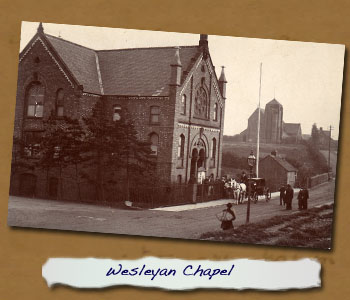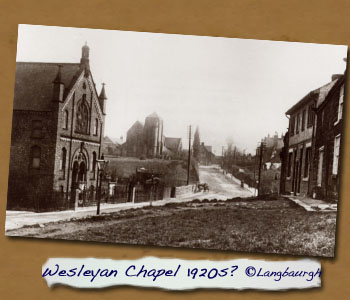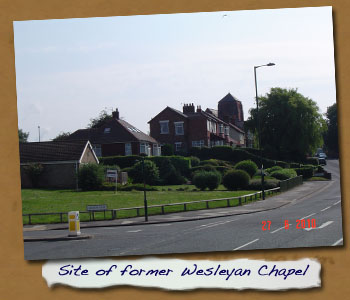Wesleyan Chapels
Hewley Street Chapel
Before the large Wesleyan Chapel was built on Eston High Street, on the corner of Church Lane, the congregation worshipped in a chapel built somewhere on Hewley Street.
This older chapel was probably erected around 1854 when Lady Hewley’s Trust leased them the land but refused to give money for building.
The only information I can find on this chapel is a note on the 1871 census record:
"...three cottages under the Odd Fellows Hall & attached is a Wesleyan Chapel which can accommodate 200."
The minister of the Hewley Street chapel was John E Doubleday who lived at 11 High Street, Normanby. John Wilson Windeler from Hewley Street & Joel Whitburn from 25 Lambton Street were also named as Wesleyan preachers.
New Chapel Planned
The Chapel in Hewley Street soon became too small for the congregation - the population of the area was growing rapidly - so a new chapel became necessary.
A board of Trustees was set up: John Windeler & Thomas Strutt were among the local men elected. There followed many years of fund raising - such as by holding
Bazaars
and
Public Tea Parties
(held in Odd Fellows Hall).
By 1869 the building plot was purchased at a cost of £200 from Major Stapylton, and an architect - Mr E Taylor of York - was appointed. It was planned to build a large chapel plus a schoolroom underneath.









